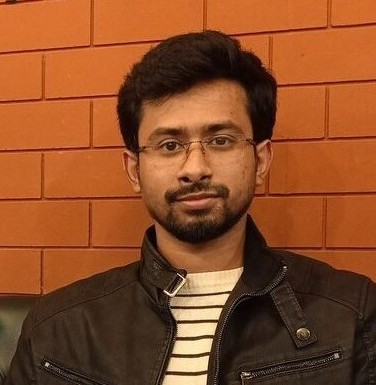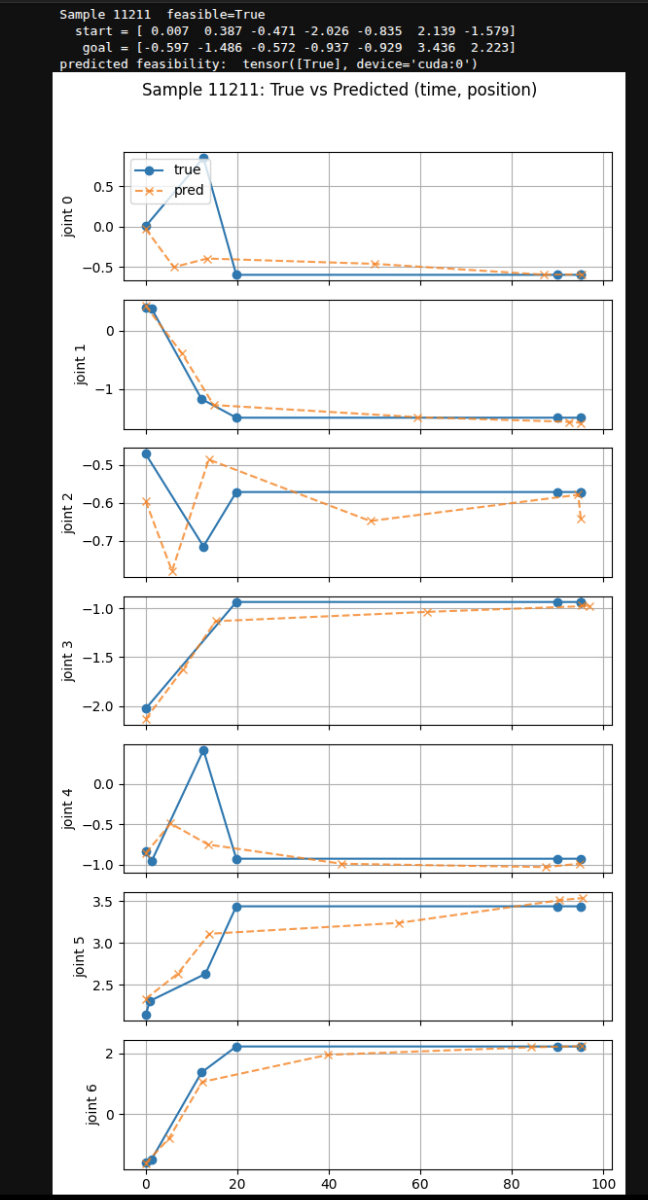
Sakib Chowdhury
I am an M.Sc. student at Stevens Institute of Technology. My research is focused on studying robot motion control in complex dynamic environments. I am focused on developing high speed controls and motion planners for robotic manipulators. I have also worked as a Machine Learning Engineer at Celloscope since December 2021.
I have completed my bachelors at the Department of Electrical and Electronic Engineering in Bangladesh University of Engineering and Technology (BUET).
I have also worked as an undergraduate researcher at Department of Computer Science, BUET.
My detailed resume can be found HERE.
